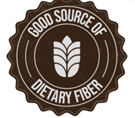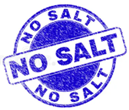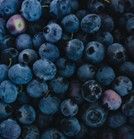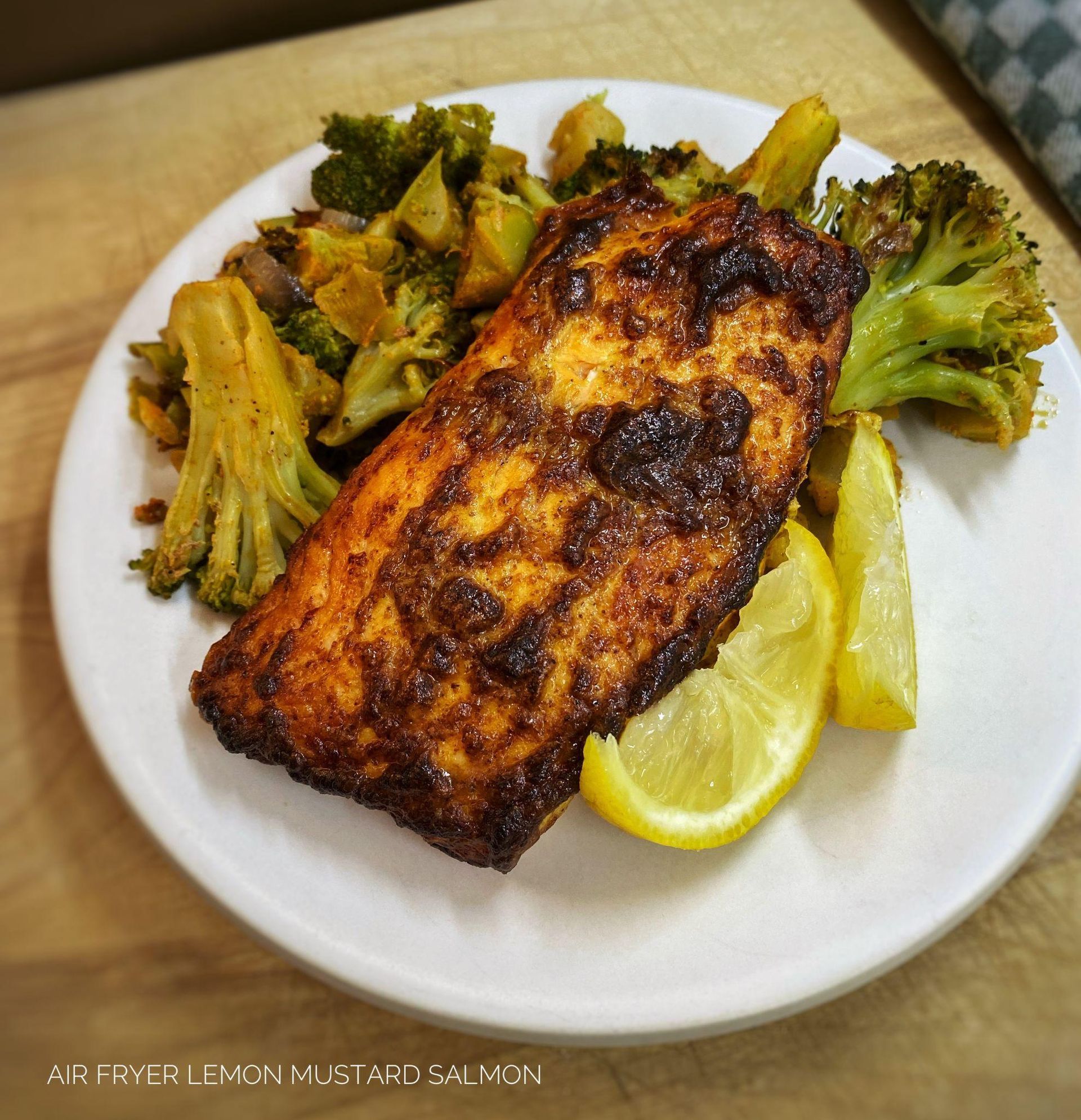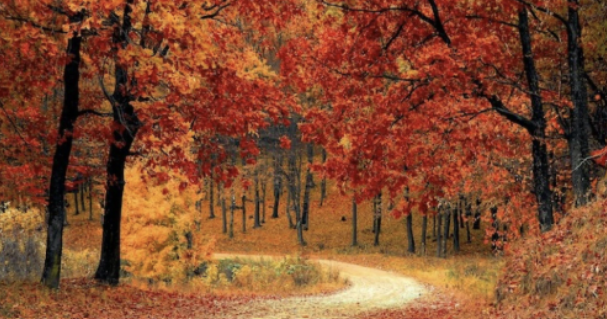The American Heart Association Certified Check: The American Heart Association is a private organization that is a great resource for information about heart health. Their team independently reviews food products and provides a heart-healthy check if they meet their standards. The standards vary by food (i.e. grains have different standards than meats), but if it has a check, the food is one that the American Heart Association has classified as a good choice.
Label Reading for Heart Health

If you are looking for foods that support your heart health, there might be clues on the front of the packaging.
Some food products promote their heart-healthiness on the label, making it easy to shop for foods that can benefit your health– if you know what to look for!
A final reminder. These labels are voluntary and not every heart-healthy food will have one of these labels, but looking for these symbols can be a great place to start as you learn about heart-healthy foods!
Interested in receiving more help on your heart-healthy journey? Reach out to our team of dietitians; we’d love to help! (785) 560-2566 or admin@manhattannutritionclinic.com.




